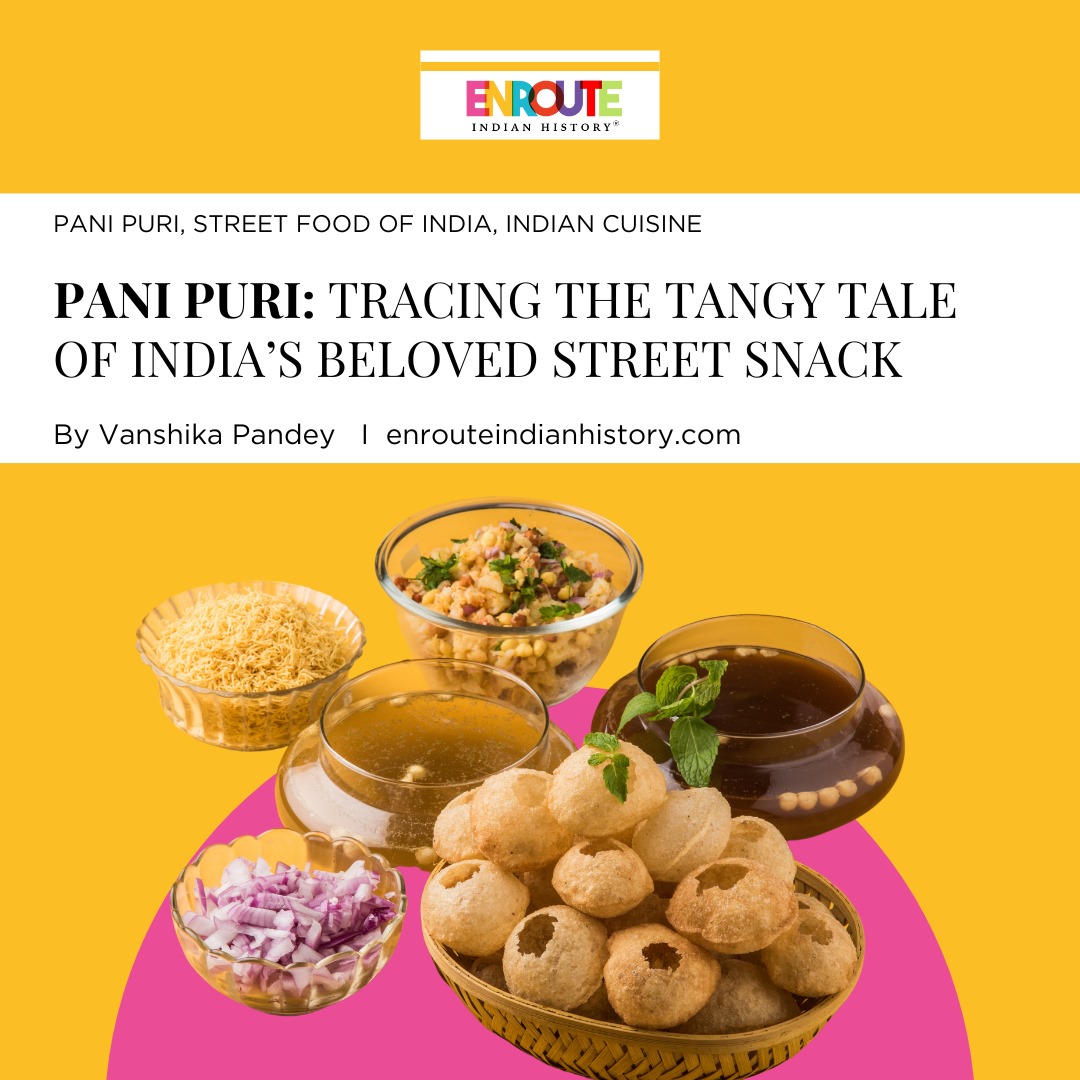
The Indian brides are bejewelled on their wedding day and it is a painstaking task for a bride to choose the perfect jewellery for her special day. Apart from elegantly designed necklaces and bangles, the nose rings are one of the main jewellery pieces in a bride’s ’16 shringaar’.The beautifully crafted circular ‘nath’ or a nose ring is a traditional ornament in various Indian cultures which has been passed onto the next generation since centuries. Various sources seem to believe that the nose rings worn by many Indian brides is a cultural gift from the Islamic world. But the Indians can trace back the history of nose rings to the ancient times when men and women, both used to adorn their nose wings with nose rings or nose pins as a symbol of wealth and status. Even though it is believed that the nose rings came to the Indian subcontinent with Babur the 16th century, the 6th century BCE text, ‘Susruta samhita’ by Susruta, a famous physician and surgeon, mentions various benefits of a nose piercing. Vatsyayana’s ‘Kama Sutra’ also talks about the charismatic characteristics of a nose ring.
Donning nose rings is a raging trend amongst today’s generation. But this trend has been in practice since centuries in the Indian culture. The trend of wearing nose rings was very much prevalent in the Middle East. The oldest known record of nostril piercings comes from the Middle East and dates back roughly 4,000 to 5,000 years ago. Around 2,000 years after that, nose piercings were written about in the Biblical Old Testament, called Shanf in Hebrew which may translate to “nose ring.” The tradition of wearing the Nath in India is thought to have come with the Mughals, who arrived from the Central Asia in the 16th century. Drawing inspiration from Persian and Arabic cultures, where nose rings were worn by both men and women. With other cultural aspects like food and fashion, the Nath also quickly made a place for itself in India’s diverse jewellery repertoire.

A bridal Nath
Nose rings have long been a part of Indian culture now and therefore, many versions of a nose ring can be found throughout the subcontinent. For instance, the South Indian nose rings are different from the North Indian nose rings. The south Indian nose rings have an important role in the traditional attire of women in the region. Known as ‘mukhuttis’ or ‘nath’, these nose rings are typically intricately designed and embellished with precious gemstones. The size and design of the nose rings frequently indicate the wearer’s martial status with larger nose rings typically worn by married women.
In ancient Ayurvedic texts like Shushrut Samhita, there is a list of benefits of a nose piercing. For instance, The ancient medicinal texts of the Sushruta Samhita mentions the benefits of a nose piercing, suggesting that it helps alleviate menstrual pain and ease childbirth—as a result of pressure points on the left nostril that link to the reproductive system.
The representation of nose rings is evident in temple idols, sculptures of the Ajanta and the Ellora Caves and miniature paintings like that of Nihal Chand’s Bani Thani. In the painting, the woman can be seen sporting a delicate nose ring which is lined with pearls and other semi precious stones. A masterpiece indeed.

Bani Thani by Nihal Chand
BRIDES AND NATHS
In Hindu tradition, it is quite common for a bride to wear a nose ring on her wedding and after that. The nose ring or the Nath symbolizes marriage and fertility and is therefore connected to goddess Parvati. Goddess Parvati is often seen donning a Nath, particularly in her Kanyakumari avatar. It’s is believed that her nose stud could be seen glimmering from the sea! Moreover, Nath is a game changer for a bride’s appearance. The delicate ring, clasped to the nose adds an air of elegance and royalty to the bride’s aura on her special day. A bride can choose a nath from a myriad of designs, shapes, styles, and hues. Brides typically wear the nath on the left side or both sides, with a long gold chain connecting the ring to the ear.
A nose ring, is also a sign of femininity and good luck. Newly wed girls are often gifted with a nose ring or a Nath as a sign of good luck and a token of love.
Brides from different Indian states wear different types of nose rings. For instance, a Maharashtrian bride would prefer wearing a Peshwai nath Or a Gucchedaar nath whereas a Punjabi bride would prefer wearing a Shikarpuri Nath.
THE SHIKARPUR NATH AND LAUNG
However, when it comes to the most popular Indian bridal nose rings, Punjabi Nath always tops the charts. Since, Punjab was a major Mughal province, the remnants of the past can still be observed in the way Punjabi brides carry and wear their nose rings. The elegance and charm of a huge golden ring as well as the chain connecting it to the hair makes every bride fall in love with the jewellery piece, instantly. The Punjabi nose rings are broadly divided into two types. First one, of course is the Shikarpuri Nath, with huge gold circle and the other one is the laung or nose stud. The nose stud is shaped like a clove and therefore is called ‘laung’. Laung is made of different metals, gold or silver, and is usually studded with a pearl, diamond or a semi precious stone. The nose pin is often worn post wedding and is a sign of marital status.

Nose pin or laung
The Shikarpuri naths are worn by various bollywood actresses on their real and reel weddings.

Deepika Padukone wearing a Shikarpuri Nath in her wedding|Image Courtesy: Aditi Maharaj
SYMBOLISM OF NATH IN PUNJABI CULTURE
In Punjabi culture, the nose ring also symbolizes the importance and respect bestowed upon married women as it represents their authority and responsibility within the home. In a culture that values family unity and the importance of maintaining harmonious relationship, the nose ring represents a married woman’s vital role in nurturing and protecting familial bonds.

Maharani Jind Kaur wearing an elaborate nath
On the other hand, for unmarried women in Punjab, nose rings have a whole different meaning. They may choose to wear nose rings as a form of self-expression or to celebrate their distinct cultural identity. As fashion statements, these ornate accessories add a touch of elegance and charm to young women’s appearances, allowing them to stand out with their individual sense of style. The nose ring, like any other piece of jewellery or fashion accessory, serves as a bold statement of their individuality and personal preferences.
The cultural and religious influences of Hinduism, Sikhism, and Islam have further elevated the significance of nose rings within Punjabi society as well as the Indian society in general. The nose rings of Punjab will forever serve as a reminder of the pride, resilience, and legacy of a people who continue to embrace their traditions with unwavering determination.
BIBLIOGRAPHY
- https://www.hunzabazar.com/what-does-a-nose-ring-mean/
- https://oneindiaonepeople.com/one-ring-common-to-all/
- https://m.timesofindia.com/life-style/fashion/buzz/timeless-allure-of-the-indian-nose-ring-the-nath-a-glimpse-into-its-history-significance-and-styles/photostory/104559716.cms
- https://worldbridemagazine.com/9331/liked-shoulda-put-nose-ring/#:~:text=Once%20married%20the%20bride%20always,no%20religious%20or%20traditional%20implications.
IMAGE SOURCES
- https://www.heritage-print.com/galleries/nose-ring
- https://pin.it/1utNEhaCM
- https://pin.it/515HrSsjA
- https://pin.it/7j2s2GlZx
- https://pin.it/7x1mmovay
- https://www.roseberys.co.uk/a0455-lot-489378
- May 8, 2024
- 8 Min Read


























